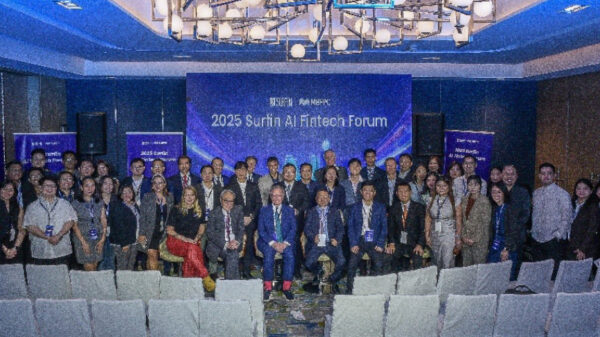NVIDIA announced a 6G research platform that empowers researchers with a novel approach to develop the next phase of wireless technology.
The NVIDIA 6G Research Cloud platform is open, flexible and interconnected, offering researchers a comprehensive suite to advance AI for radio access network (RAN) technology. The platform allows organizations to accelerate the development of 6G technologies that will connect trillions of devices with the cloud infrastructures, laying the foundation for a hyper-intelligent world supported by autonomous vehicles, smart spaces and a wide range of extended reality and immersive education experiences and collaborative robots.
Ansys, Arm, ETH Zurich, Fujitsu, Keysight, Nokia, Northeastern University, Rohde & Schwarz, Samsung, SoftBank Corp. and Viavi are among its first adopters and ecosystem partners.
“The massive increase in connected devices and host of new applications in 6G will require a vast leap in wireless spectral efficiency in radio communications,” said Ronnie Vasishta, senior vice president of telecom at NVIDIA. “Key to achieving this will be the use of AI, a software-defined, full-RAN reference stack and next-generation digital twin technology.”
The NVIDIA 6G Research Cloud platform consists of three foundational elements:
- NVIDIA Aerial Omniverse Digital Twin for 6G: A reference application and developer sample that enables physically accurate simulations of complete 6G systems, from a single tower to city scale. It incorporates software-defined RAN and user-equipment simulators, along with realistic terrain and object properties. Using the Omniverse Aerial Digital Twin, researchers will be able to simulate and build base-station algorithms based on site-specific data and to train models in real time to improve transmission efficiency.
- NVIDIA Aerial CUDA-Accelerated RAN: A software-defined, full-RAN stack that offers significant flexibility for researchers to customize, program and test 6G networks in real time.
- NVIDIA Sionna Neural Radio Framework: A framework that provides seamless integration with popular frameworks like PyTorch and TensorFlow, leveraging NVIDIA GPUs for generating and capturing data and training AI and machine learning models at scale. This also includes NVIDIA Sionna, the leading link-level research tool for AI/ML-based wireless simulations.
Industry-leading researchers can use all elements of the 6G development research cloud platform to advance their work.
“The future convergence of 6G and AI holds the promise of a transformative technological landscape,” said Charlie Zhang, senior vice president of Samsung Research America. “This will bring seamless connectivity and intelligent systems that will redefine our interactions with the digital world, ushering in an era of unparalleled innovation and connectivity.”
Testing and simulation will play an essential role in developing the next generation of wireless technology. Leading providers in this space are working with NVIDIA to contribute to the new requirements of AI with 6G.
“Ansys is committed to advancing the mission of the 6G Research Cloud by seamlessly integrating the cutting-edge Ansys Perceive EM solver into the Omniverse ecosystem,” said Shawn Carpenter, program director of 5G/6G and space at Ansys. “Perceive EM revolutionizes the creation of digital twins for 6G systems. Undoubtedly, the convergence of NVIDIA and Ansys technologies will pave the way toward AI-enabled 6G communication systems.”
“Access to wireless-specific design tools is limited yet needed to build robust AI,” said Kailash Narayanan, president and general manager of Keysight Communications Solutions Group. “Keysight is pleased to bring its wireless network expertise to enable the next generation of innovation in 6G communications networks.”
The NVIDIA 6G Research Cloud platform combines these powerful foundational tools to let telcos unlock the full potential of 6G and pave the way for the future of wireless technology. To access the platform, researchers can sign up for the NVIDIA 6G Developer Program.














































































































